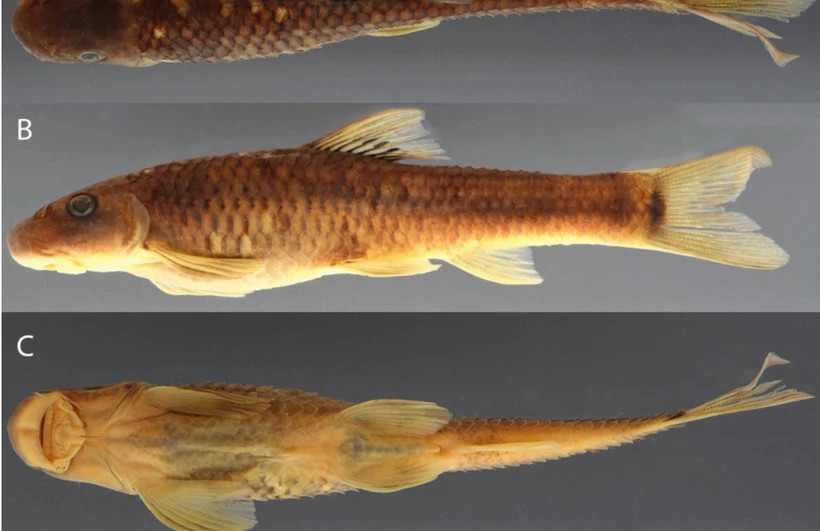Microsoft wants to translate its codebase to Rust, and is hiring people to make it happen.
“My goal is to eliminate every line of C and C++ from Microsoft by 2030,” Microsoft distinguished engineer Galen Hunt wrote in a recent LinkedIn…

Microsoft wants to translate its codebase to Rust, and is hiring people to make it happen.
“My goal is to eliminate every line of C and C++ from Microsoft by 2030,” Microsoft distinguished engineer Galen Hunt wrote in a recent LinkedIn…

It didn’t take Saubert long to realize he fit in well with the Seahawks, and talks started about a possible contract extension earlier this season, but a calf injury landed him on injured reserve, causing him to miss six games. That made…
Pakistan Tehreek-e-Insaf (PTI) founder Imran Khan’s sister Aleema Khan and PTI workers held a sit-in at Factory Naka in Rawalpindi yesterday as they were stopped from moving towards Adiala Jail to meet incarcerated former PM. Over the past…

Heikki Ruohonen opened the scoring 7:06 into the contest when he redirected a shot from the point into the back of the net while screening U.S. netminder Caleb Heil (Victoria, Minn./Madison Capitols) from just outside the crease.
At the…

Heikki Ruohonen opened the scoring 7:06 into the contest when he redirected a shot from the point into the back of the net while screening U.S. netminder Caleb Heil (Victoria, Minn./Madison Capitols) from just outside the crease.
At the…
Several Baloch families staged a protest in Balochistan’s Kech district yesterday against the enforced disappearance of four members of the same family by Pakistani forces. According to the human rights body, Baloch Yakjehti Committee…

Scientists at the American Museum of Natural History have unveiled a list of more than 70 species newly identified over the past year, including two noteworthy discoveries from Vietnam: a rare sucker-mouthed minnow and a bee distinguished by its…